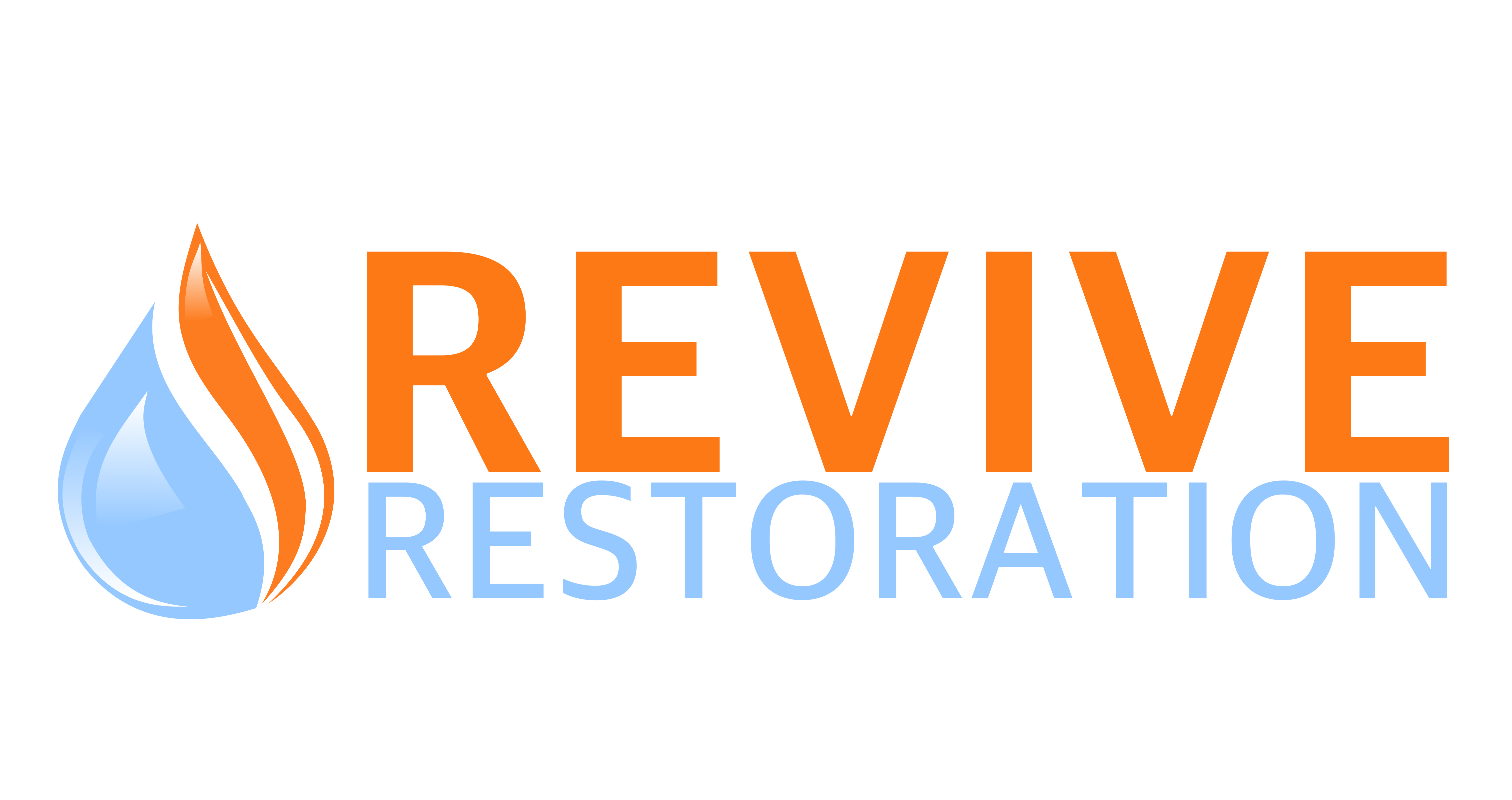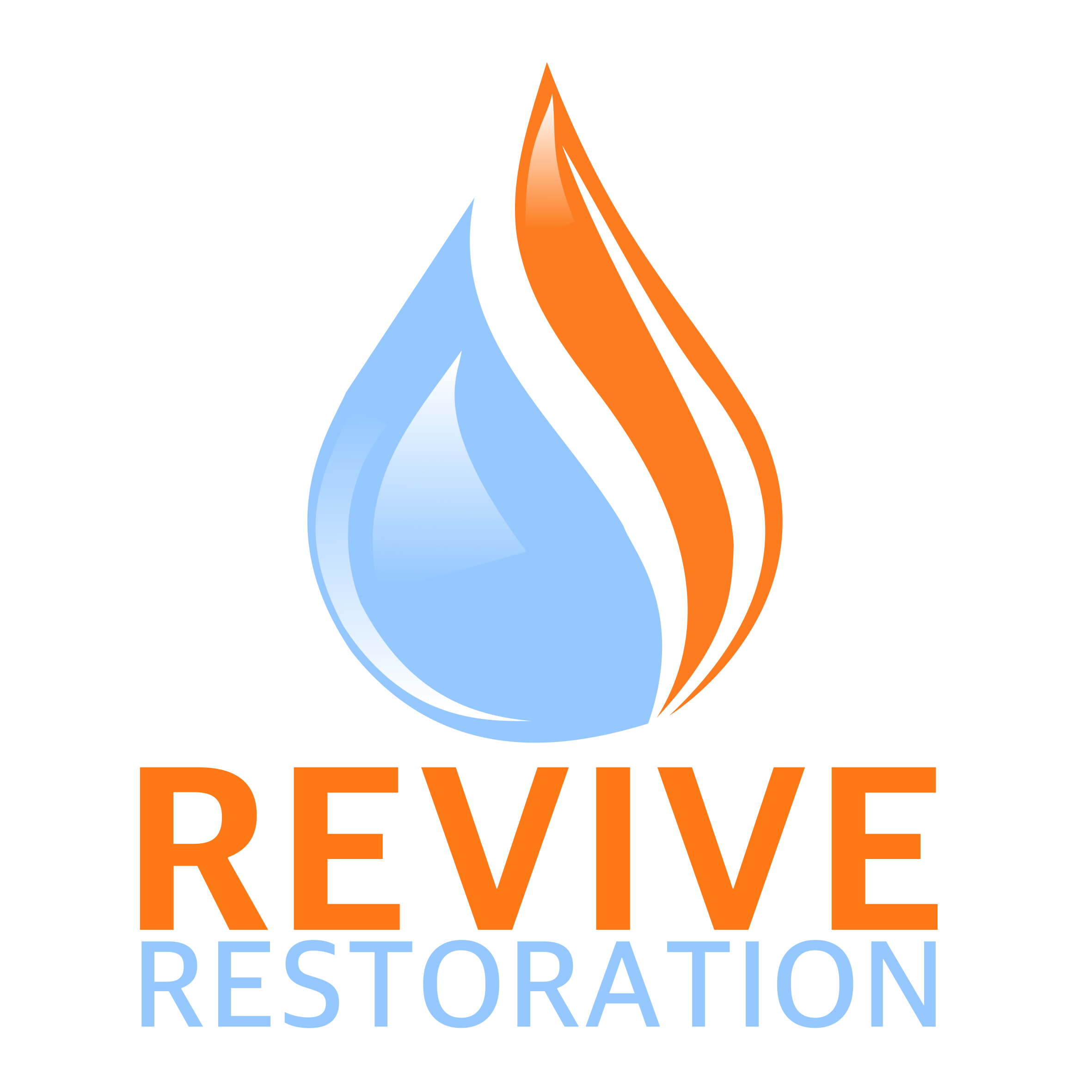What Should You Know About Outdoor Mold in the Fall? And May Cause Water Damage to Your Property.
As the vibrant hues of autumn paint the landscape, homeowners must be vigilant about an often-overlooked aspect of the season: outdoor mold. With fluctuating temperatures and increased moisture from falling leaves, conditions become ripe for mold growth, which can pose significant risks to properties and their inhabitants. Understanding the factors that contribute to outdoor mold during the fall is crucial not only for preserving the integrity of buildings but also for safeguarding health.
In this blog, we will explore the nature of mold growth in the fall, its potential impact on properties, and the importance of proactive management to mitigate risks associated with this pervasive challenge.
Common Types of Outdoor Mold Found in Fall
As the weather cools and leaves begin to fall, outdoor mold species thrive in the decaying organic matter and high moisture levels. Two of the most prevalent types during this season are Cladosporium and Alternaria.
Cladosporium is often found on damp leaves, soil, and wood, appearing as dark green or black patches, while Alternaria typically thrives in decaying plant material and can appear as dark, olive-green spots. Both molds can release spores into the air, potentially triggering allergies and respiratory issues for those sensitive to mold exposure, making fall an important season to be mindful of these fungi in outdoor environments.
Conditions That Favor Mold Growth in Fall
As fall progresses, the accumulation of decaying leaves creates a rich organic material that serves as an ideal substrate for mold proliferation. The moisture that results from seasonal weather changes, such as increased rainfall and cooler temperatures, further promotes mold growth by providing the necessary humidity and dampness that mold spores thrive on.
Additionally, the combination of fallen leaves and moisture creates a microenvironment that is conducive to mold development, making fall particularly favorable for these fungi to flourish both outdoors and in damp indoor areas that may be in proximity to decaying organic matter.
Health Risks Associated with Outdoor Mold Exposure
Exposure to outdoor mold can lead to various health risks, particularly for individuals with existing sensitivities or respiratory conditions. Common allergy symptoms include sneezing, runny or stuffy nose, itchy eyes, and skin rashes, which can be exacerbated by high mold spore counts during humid or warm weather.
Additionally, exposure can trigger respiratory issues such as asthma attacks, leading to wheezing, coughing, and difficulty breathing. Individuals with compromised immune systems may face more severe health consequences, making awareness and preventive measures crucial in minimizing risk when engaging in outdoor activities.
Effective Strategies for Managing Outdoor Mold Risks in Fall
As the fall months usher in leaves and moisture, it becomes essential to adopt proactive measures to mitigate outdoor mold risks. To effectively manage moisture levels around properties, homeowners should promptly clean up fallen leaves, which can trap moisture and create a conducive environment for mold growth.
Additionally, ensuring proper drainage away from buildings is crucial; this can be achieved by regularly inspecting gutters and downspouts, directing runoff away from the foundation, and maintaining clear landscaping to promote evaporation. By implementing these best practices, property owners can significantly reduce the likelihood of mold development and safeguard their outdoor spaces during the damp fall season.
Regular Maintenance Tips to Prevent Outdoor Mold Growth in Fall
As fall approaches and leaves begin to accumulate, homeowners must prioritize regular maintenance tasks to combat outdoor mold growth. Cleaning gutters is crucial, as clogged gutters can trap moisture and create the perfect environment for mold spores to thrive.
Additionally, keeping landscaping well-maintained by trimming overgrown plants and ensuring proper drainage helps prevent water from pooling near the foundation. Removing dead leaves and organic debris from patios, sidewalks, and other outdoor spaces also minimizes mold breeding grounds. By dedicating time to these maintenance tasks, you can significantly reduce the risk of mold developing on your property as the fall season progresses.
Precautions for Individuals Sensitive to Outdoor Mold During Fall Months
During the fall, when mold spore counts can rise due to decaying leaves and damp conditions, individuals sensitive to mold should take proactive measures to enjoy outdoor activities safely. It’s advisable to check local mold spore forecasts before heading outside, opting for activities on days when counts are lower. Wearing a mask designed to filter mold spores can provide an added layer of protection, and staying away from areas with heavy leaf litter or damp soil can further minimize exposure.
After outdoor activities, individuals should change clothes and shower to remove any spores that may have settled on their skin or hair. Additionally, it’s beneficial to keep windows closed and utilize high-efficiency particulate air (HEPA) filters indoors to maintain clean air quality at home. By being mindful of these precautions, sensitive individuals can enjoy the beauty of fall while safeguarding their health.
The Importance of Indoor Mold Prevention Strategies During Fall Season
As the fall season brings cooler temperatures and increased humidity, indoor mold prevention becomes essential for maintaining a healthy living environment. Effective indoor air quality management plays a crucial role in mitigating mold risks, as stagnant, humid air can foster mold growth.
Implementing effective ventilation systems helps circulate air and reduce moisture levels, while the use of HEPA filters in HVAC systems can trap mold spores and improve overall air quality. By adopting an integrated approach that combines proper ventilation with advanced filtration solutions, homeowners can significantly minimize the potential for both indoor and outdoor mold proliferation, ensuring a safer and more comfortable indoor atmosphere.
Conclusion: Call Revive Restoration 24/7 if You Have Water and Mold Damage On Your Property.
As fall brings beautiful scenes along with its unique challenges, being aware of outdoor mold growth is essential for protecting your property. The combination of cooler temperatures and damp conditions creates the perfect environment for mold, which can lead to structural damage and health risks if left unchecked. It’s vital to implement proactive measures to mitigate mold risks, and for comprehensive assistance in managing such issues, Revive Restoration is here to help. With their expertise and dedicated services, you can safeguard your home against the detrimental effects of outdoor mold this fall and beyond.
Get in touch with us at Revive Restoration, any time during the day or the night for professional water damage restoration services and prompt support. Give us a call at (720) 340-3499.

